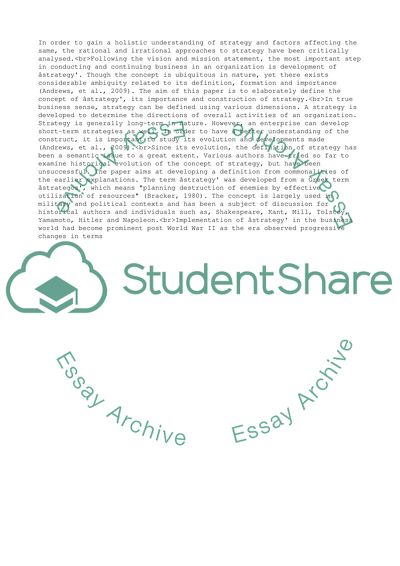Cite this document
(Strategy as a Concept and Its Importance in Overall Organisational Development Literature review Example | Topics and Well Written Essays - 4000 words - 3, n.d.)
Strategy as a Concept and Its Importance in Overall Organisational Development Literature review Example | Topics and Well Written Essays - 4000 words - 3. https://studentshare.org/management/1834200-strategy-business-information-and-analysis
Strategy as a Concept and Its Importance in Overall Organisational Development Literature review Example | Topics and Well Written Essays - 4000 words - 3. https://studentshare.org/management/1834200-strategy-business-information-and-analysis


